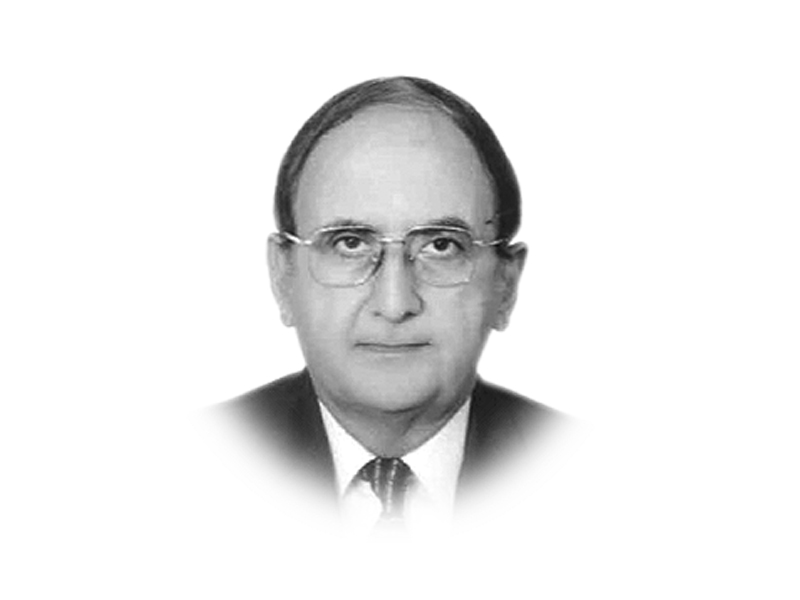
Third, different opposition parties have launched separate protests against the federal government. The PTI is holding protests in support of its demand for the prime minister’s accountability for financial malpractices — especially in light of the disclosures in the Panama documents. The Pakistan Awami Tehrik (PAT) has initiated street protests to seek justice for the killing of its 14 workers in Model Town, Lahore, in June 2014. Though an FIR was filed on the initiative of the army chief, no action was taken against those named in it because it included names of some key PML-N leaders and their favourite bureaucrats and police officials. Sheikh Rashid Ahmed has also announced a schedule of public rallies in August-September to get rid of the PML-N government. The PML-N, on the other hand, has adopted a dismissive disposition towards these protest rallies and marches. Fourth, there are strains in civil-military relations. The August 12 statement of the army chief about the neglect in the implementation of the National Action Plan (NAP) by the civilian governments brought these differences out in the open. Now, the civilian government has become active in implementing NAP. However, in addition to other differences between the PML-N government and the establishment, some elements in the former are engaged in a low-key campaign against the establishment, neutralising the prime minister’s efforts to improve relations.
Fifth, the MQM is playing politics in its peculiar way to protect its political interests and assets in Karachi. Its latest protest, especially the “fast-unto-death” movement has been initiated to build pressure on the law-enforcement apparatus in Karachi, as well as the Sindh and federal governments in a bid to force them to accept its demands. The MQM is not opposed to the security operation in Karachi, but it does not want action to be taken against its activists, including those who are said to have used violence in support of their personal and party agendas.
There is a lot of political activity going on against the PML-N, but so far it has managed to withstand it because the opposition parties are pursuing their anti-PML-N agendas separately. If they join hands, the PML-N will find it extremely difficult to cope with the protests. Furthermore, much depends on the capacity of the PTI, the PAT and the Jamaat-e-Islami to sustain street protests for at least two weeks in Lahore, the heartland of the PML-N. The ambiguous disposition of the PPP towards the growing conflict between the PML-N and the PTI and other above-named political parties weakens its efforts. The PML-N is confident that Asif Ali Zardari and his close associates would stand by it if the crisis accentuates. However, the PPP leadership in Punjab wants to pursue open confrontation with the PML-N in Punjab. At the moment, some PPP leaders, mainly from Punjab, are engaged in tough talk against the PML-N, but the Dubai-based leadership wants to keep its options open. If the opposition protests intensify, the PPP is expected to face internal turmoil on its vague policy.
It is difficult to predict whether the opposition will succeed or not. As long as the PML-N maintains a monopolistic control of political power in Punjab, it can wriggle out of the difficult situation. However, the political process will get more fragmented with multiple divisions and splits. This will add to the uncertainty regarding the future of Pakistan’s domestic political system. Even if it does not collapse, it can become dysfunctional unless the PML-N accommodates some opposition demands, makes changes at the federal cabinet level and adopts policies that directly benefit the people and address growing socioeconomic inequities rather than buying off loyalties through allowing corruption, making partisan use of state patronage and subordinating the bureaucracy and the police to its whims. The uncertain situation can get out of control of the current rulers by a triggering factor that can shoot out of a court decision, greater political assertion by the opposition, a decision of the federal government to make extensive use of the coercive apparatus of the state against the opposition, rebellion in the PML-N, or an adverse development in the government’s relations with the establishment. The political future is uncertain and open.
Published in The Express Tribune, August 22nd, 2016.
Like Opinion & Editorial on Facebook, follow @ETOpEd on Twitter to receive all updates on all our daily pieces.













COMMENTS (2)
Comments are moderated and generally will be posted if they are on-topic and not abusive.
For more information, please see our Comments FAQ